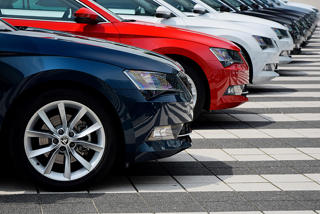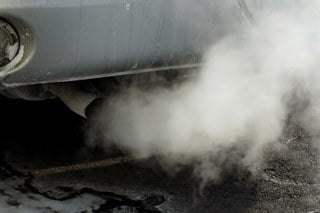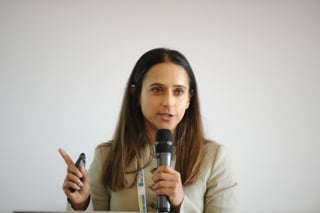Fleets are caught between the uncertainty how the new Worldwide Harmonised Vehicle Light Vehicle Procedure will impact vehicle suitability and the lack of choice in alternative fuelled vehicles and poor supporting infrastructure.
How has your fuel mix changed in the last 12 months and what are the reasons behind this?
Feedback predominately that everything has frozen in the last 12 months while they wait and see what WLTP (Worldwide Harmonised Light Vehicle Test Procedure) means for fleets.
Other factors included:
- General feedback indicated that OEMs were not keeping up with demand by offering enough pure electric vehicles with enough range, particularly in the commercial vehicle sector for any commercial vehicle above 3.5 tonnes.
- They were open to multimodal solutions to overcome last mile deliveries particularly in ULEZ e.g. the use of electric bikes, or vehicles with three wheel electric bikes. However, there is the lack of infrastructure for charging and also servicing EV- lack of garages and support, particularly for bikes.
- Nothing on market to meet their requirements – too expensive e.g. a fleet that wants to invest in small commercial vehicle that only does 3,000km per year it’s too cost prohibitive.
- Belief everything still in infancy and not joined up.
Have you taken any actions towards reducing diesels from your fleet?/ What actions have you taken to increase hybrid/EV uptake/ Do you continue to purchase diesels for the remainder 2018/2019?
- Investment being made more into hybrid but means car users giving up company car allowance or limiting the amount of people who can have hybrids/EV due to cost.
- Not over investing- just keeping existing diesels going – extending the lifecycle of their fleet up to five years for vans and four years for cars.
- By 2022 all diesel HGVs will be gone due to policy and regulation e.g. all new trucks from 2019 will have to determine and declare their CO2 emissions and fuel consumption.
- None of the fleets felt there was a viable alternative yet due to battery range. They were also aware of trials of gas and hydrogen dual fuel technology but waiting for technology to be fully developed.
READ MORE: What is WLTP?



















Login to comment
Comments
No comments have been made yet.